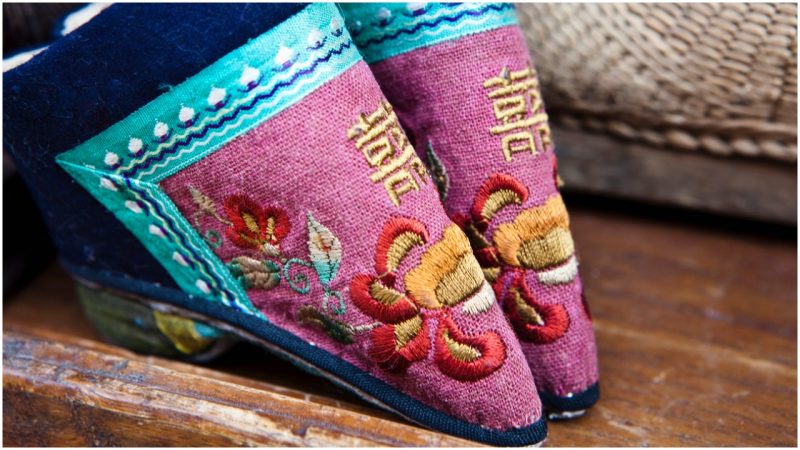Many people would say that some of the modern fashion trends are odd and in some cases dangerous. However, if we look back to the fashion trends of the past, we can see that people were actually prepared to risk their lives just to keep up with the latest fashion trend.
Foot-binding – a widespread custom in China which lasted for over 1,000 years – from the 10th to 20th century, is considered by many to be one of the most dangerous fashion trends in history. For centuries, tiny, curved feet were a symbol of beauty in the Chinese culture, and the bizarre tradition of foot-binding was passed from mother to daughter, generation to generation, causing many medical problems and in some cases even death.
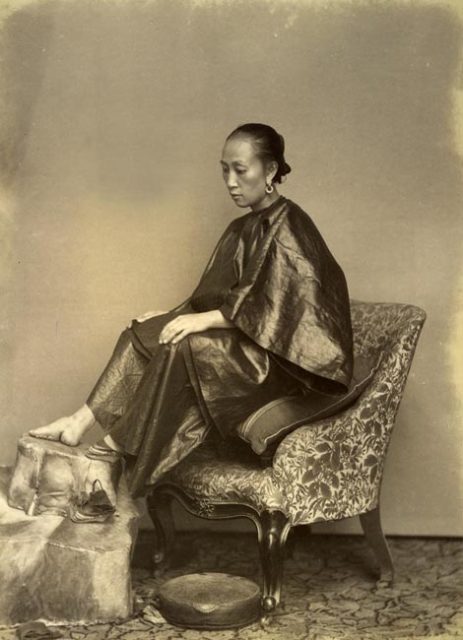
There are many stories of how the practice of foot-binding started, but the most famous say that it began around 970 A.D., during the rule of Emperor Li Yu. Reportedly, the Emperor’s favorite consort, Yao-Niang, bound her feet into the shape of a new moon and performed a dance on the points of her feet, on the lotus in front of the Emperor. Other concubines also wanted to impress the Emperor and tried to imitate Yao-Niang.
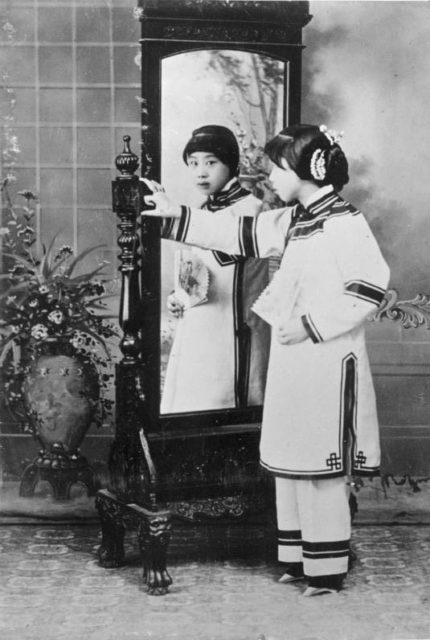
The fashion trend was soon adopted by upper-class women in the south of China and eventually, it spread to the north of the country. While at the beginning it was considered a symbol of high social status and wealth, eventually it spread to all women, regardless their social position.
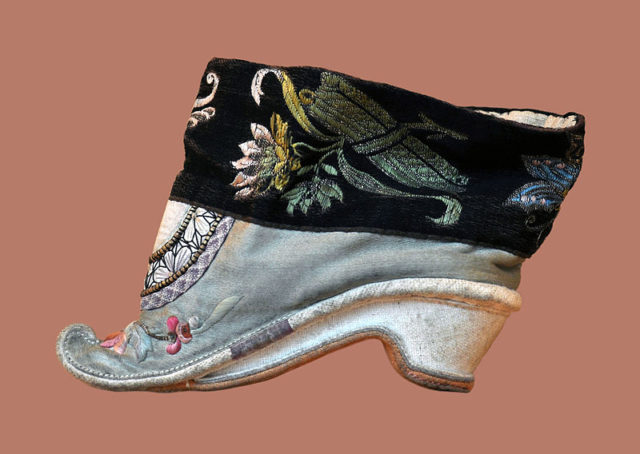
This painful process typically occurred from the age of four until nine, and there was only one way to achieve this, by breaking the bones in the feet and reshaping them to resemble hooves. The method of binding feet varied in different regions, and it was most common among women in urban areas since women in peasant communities needed their feet to be fully functional so they can work in the fields.
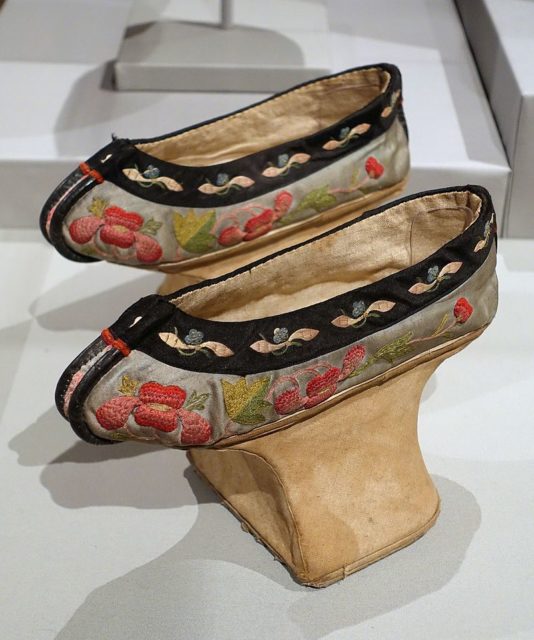
There were numerous complications caused by the painful procedure, including infection, gangrene and in many cases even lifelong disabilities which eventually led to death.
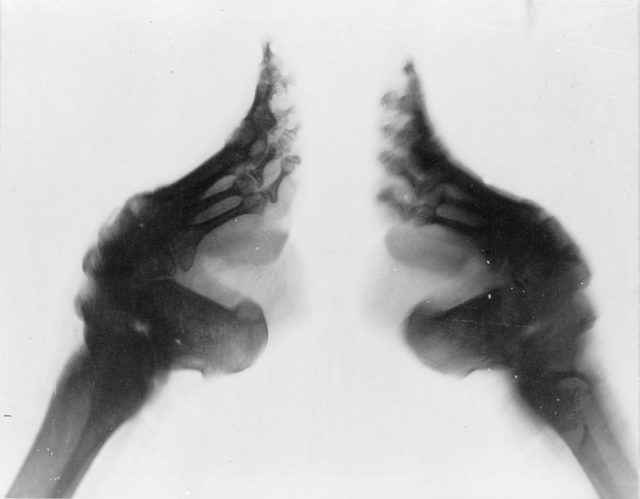
Although foot-binding was banned in China, in 1911 many women and girls still had their feet bound, anyway. In the 1950s, anti-foot-binding inspectors often came to people’s homes to forcibly remove the bindings on women’s feet and publicly humiliated any bound women they found. Some of them managed to evade the anti-foot-binding inspectors by wearing big shoes with cloth in the front.
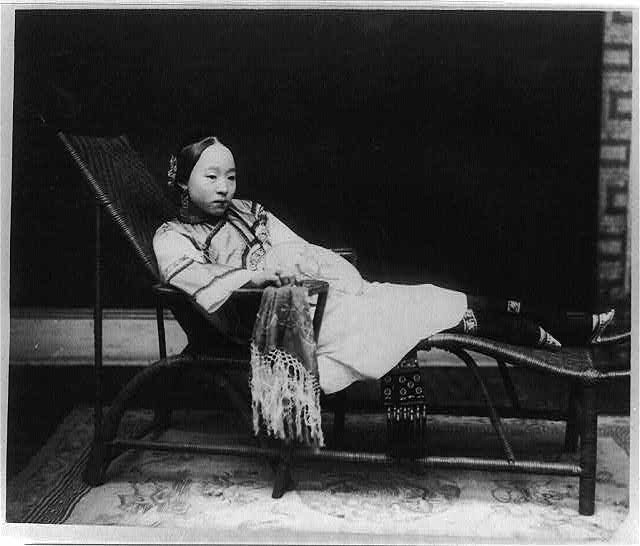
Many of the women later regretted practicing the tradition. Zhou Guizhen, an old Chinese woman who was among the last women in China with bound feet, in an interview for NPR.org, said, “I can’t dance, I can’t move properly. I regret it a lot. But at the time, if you didn’t bind your feet, no one would marry you.”
While it might be hard for us to understand what made these women to go trough this horrifying procedure and risk their lives, it seems that it was more than just a fashion trend and that is probably why it was so difficult to put an end to this odd tradition.
